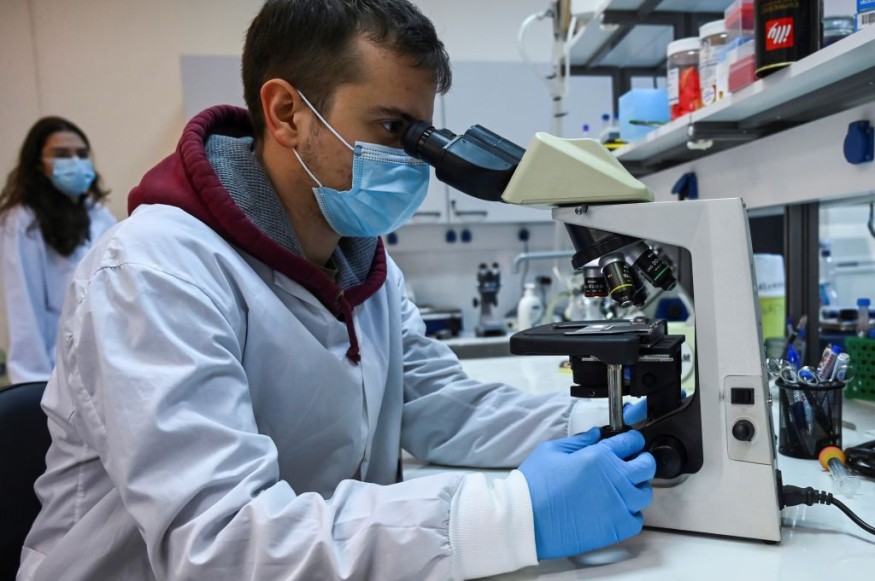The secrets of a shapeshifting virus that lives in the near-boiling, acidic hellscape of volcanic hot springs have finally been revealed.

They might be utilized to develop new treatments and vaccines.
Shapeshifting Volcano Virus
The volcano virus can alter form by sprouting tails that bulge like a well-fed snake. This is made possible by the virus's slippery, "greasy" proteins, which may slide past each other.
These allow the virus to alter form, but they also shield its DNA from the toxic, acidic environment in which it lives.
These greasy proteins may also assist explain viral evolution, in addition to telling us how to make new small molecules with comparable abilities.
Principal researcher Edward Egelman of the University of Virginia School of Medicine stated, "Viruses may pose tremendous hazards to human health, as we saw with the COVID-19 epidemic."
As a result, we must learn more about how viruses have developed. However, we may learn from viruses and create new technologies based on the principles revealed in these really basic structures.
Evolving Virus
The bulk of viruses has evolved into two fundamental forms through billions of years of mutation and natural selection: rods and spheres.
However, according to UVA, there are also significant outliers, such as Ebola and its ilk, which resemble knotted ropes, and rare viruses that live in severe settings.
Sulfolobus monocaudavirus 1 (SMV1), the volcano virus, has perplexed virologists with its spindle or lemon-like structure for over two decades.
When the virus infects the bacteria that share its harsh environment, it converts them into SMV1 factories, enlarging the host cells to 20 times their usual size before ripping them apart and releasing new viruses.
The researchers employed cryo-electron microscopy, which allows for near-atomic resolution, to determine what causes SMV1 to shift form. The approach of the virus, which was disclosed in Cell, is based on its oily proteins. Seven slippery protein strands are formed when a hydrophobic - water-hating - protein is incorporated into the virus's outer membrane.
According to the researchers, the findings show that spindle and lemon-shaped viruses developed from ancient rod-shaped relatives. Because the narrow rod viruses could only contain so much genetic information, the virus developed oily proteins that allowed it to stretch and swell into a lemon shape, allowing it to accommodate more genes inside.
Implications
The findings demonstrate how helical assemblies may change their diameters to become almost spherical to package a bigger genome. According to the researchers, they imply that all spindle-shaped viruses arose from archaeal rod-like viruses.
Proteins are classed as either soluble or membrane proteins, according to Egelman's email to Freethink. As their name suggests, membrane proteins are exclusively present in the membranes surrounding cells and their organelles.
SMV1's fatty proteins, on the other hand, defy expectations.
"We've discovered that the protein that surrounds the virus's DNA is an obvious membrane protein, yet the virus has no membranes!" says Egelman.
Because of the proteins' strength, they might be used as delivery vehicles for drugs and vaccines.
According to Egelman, this provides fresh insights into creating systems for medication delivery or other reasons that use comparable proteins and can persist in the toughest settings possible.
Related Article : Scientists Double Effort to Find Possible Next Pandemic, Caused by Other Zoonotic Diseases
For more health and medicine related news, don't forget to follow Nature World News!
© 2025 NatureWorldNews.com All rights reserved. Do not reproduce without permission.





